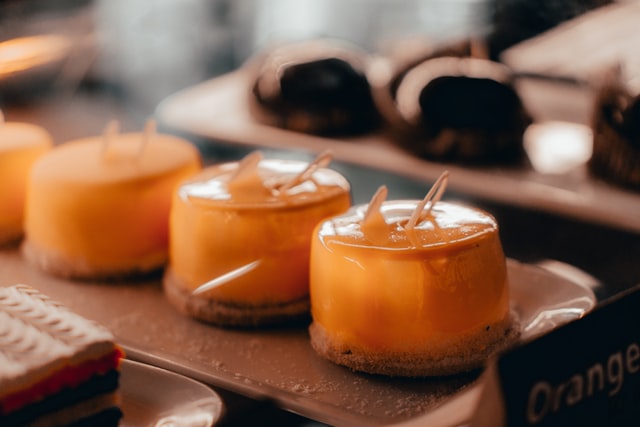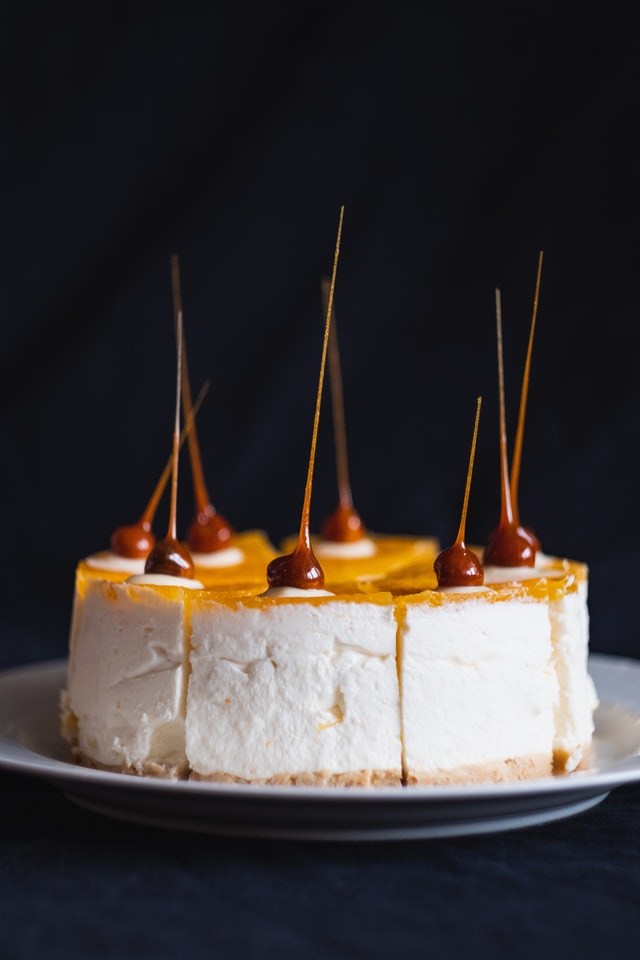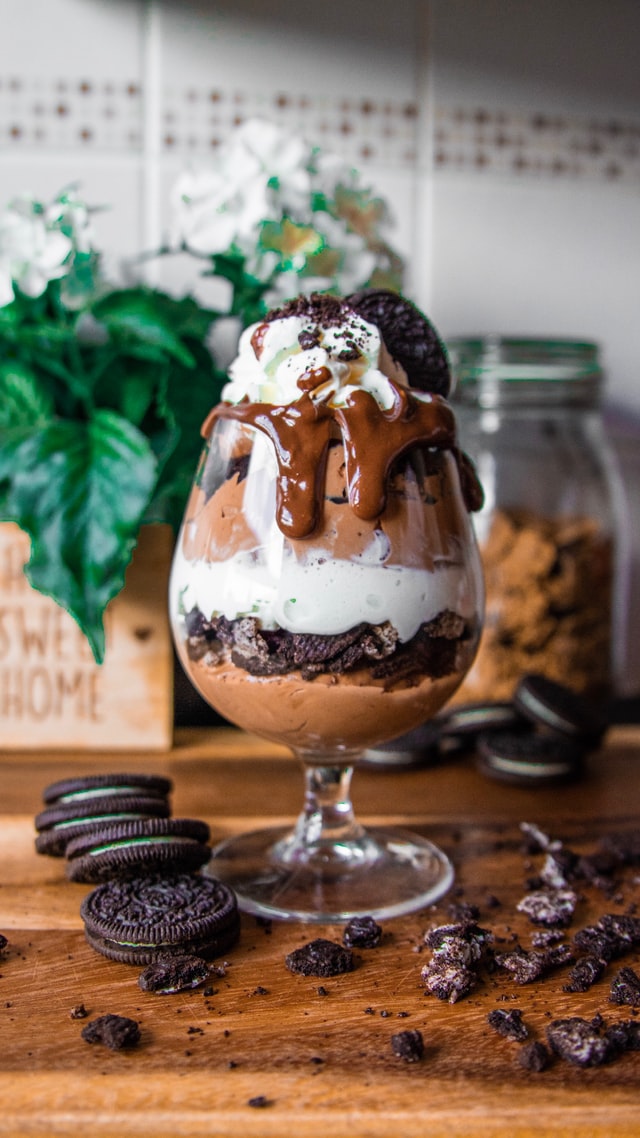Dessert Flavors
|
We like to find interesting content from books in the world of food, catering, and entertainment. Today we are looking at plated desserts and dessert flavors from the book "Savory Sweets: From Ingredients to Plated Desserts" by Amy Felder. She goes into remarkable detail about flavor, texture, and ingredient pairings - particularly as they pertain to desserts - in this wonderful book.
Here is an excerpt from her chapter on plate profile, discussing the different "notes" of desserts: "Middle notes provide the actual staying power of any particular flavor. These notes are the essences of the flavor. The middle note is the product's flavor. In the nut tasting, the middle note was the almond essence or almond flavor of each nut. Recall the orange tasting in Chapter 2. In that case, the middle note was the orange flavor or essence. In many instances fat will help to hold and carry a middle note. The following exercise helps to illustrate this point. Middle Notes and Caramel Caramelized sugar is one of the few products whose flavor can be anticipated by its color. The longer the caramel is cooked, the bitterer it becomes. For the most part, Americans are used to a rather anemic caramel, sugar cooked until it is a light honey color. This is caramel that is simply sweet (it is, after all, sugar) but with little other flavor. If, however, the caramel is cooked until it becomes quite a bit darker (the color of dark ground cinnamon) a wonderful bitterness begins to emerge. Prepare both the clear and classic caramel sauces using the recipes in the Appendix. Begin by tasting the clear caramel sauce. Because there is no fat in this sauce, you will fully experience the bitter sweetness of the caramel. The top note of sweetness hits your palate first. The middle note consisting of the actual flavor of caramel, or caramel essence, follows. The caramel will have a nutty richness to it. The bitterness of a dark caramel is the base note. In this context bitterness is not a negative; it gives the caramel a full nutty flavor. Take another taste and concentrate on the movement of the flavor through your mouth: sweet - caramel nuttiness - bitter. Now try the classic caramel sauce. Again, you are initially hit with the sweetness, followed by the flavor of the caramel. In this instance, however, that flavor is dimmed or blurred by the fat that is also in the sauce. The caramel has a rich, buttery flavor with less nuttiness. A fatty richness accompanies the caramel flavor. The bitter end of the sauce, unlike the clear caramel sauce, is much shorter and not nearly as strongly recognizable. This is a good example of the role of fat. Again, this is neither good nor bad, it simply is what it is. Follow the movement of flavor in your mouth: sweet-buttery richness-caramel nuttiness-faint hint of bitter. Let's take this tasting a step further. Divide both the clear caramel and the classic caramel into three batches. For each (clear and classic) keep one batch as is, to the second batch add a bit of sea salt, and to the last portion add a bit of ancho chilli powder. Taste the three clear caramel sauces first and then the classic caramel sauces. Taste the sauces in the following progression: plain (no additions), salt, and then chilli. As you taste, concentrate on the way in which the flavors move through your mouth." from "Savory Sweets: From Ingredients to Plated Desserts" by Amy Felder |



